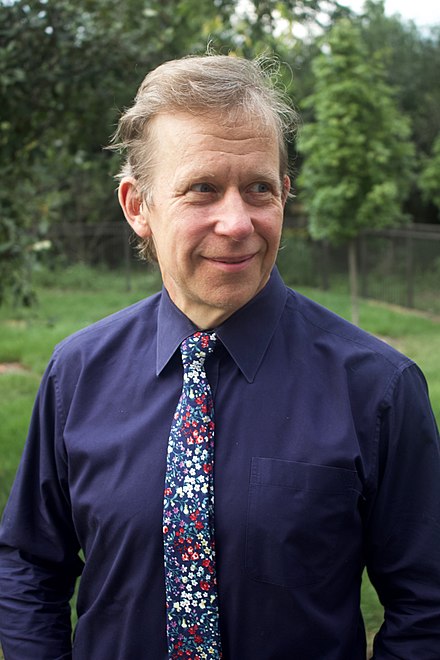Nicholas A. Kotov (University of Michigan) Chirality and Complexity of Self-Assembled Biomimetic Nanostructures [SKCM2 Colloquia]

Chiral nanostructures are a large and rapidly evolving class of biomimetic materials. Besides fascinating optical, catalytic, and biological properties, the studies of chiral nanostructures revealed something more. Micro- and macrostructures obtained by the self-assembly of chiral nanoparticles demonstrated emergence of complexity, that is spontaneous increase of structural hierarchy and non-randomness seemingly prohibited by thermodynamics. These observations mirror the structural evolution of biological materials that combine nano-, meso- and microscale chirality. Taking an example of hierarchically organized particles with twisted spikes and layer-by-layer-assembled nacre-like composites, we found that:
(a) formation of complex structures does not require monodispersity;
(b) competing thermodynamic restrictions in self-limited systems increase their complexity;
(c) complexity depends on chirality non-linearly;
(d) synthetic particles can have higher complexity than their biological prototypes.
These findings were possible by applying graph theoretical (GT) measures of complexity to nanoparticle assemblies. Their applicability to ‘imperfect’ (nano)particles and ability to capture essential structural motifs of their preferred organization leads to unusual combinations of properties in complex biomimetic materials. The GT description can be expanded to include other nanoscale structures, such as complex porous particles and superlattices,[2] creating analogs of chemical formulas for complex particle systems (chiral, racemic and achiral).
Understanding of intermolecular forces and expansion of self-limited assembly to bulk dispersions of diverse nano(particles) enabled the design of hierarchically organized bowtie-shaped particles with variable twist, size, and thickness and length.[3] Interestingly, they happen to provide an example of chiral chemical structures with chirality continuum as opposed to binary chirality of, for instance, L- or D-amino acids. Analysis of the optical properties of bowties provides insight into the long-standing controversy about chirality measures.
Expanding on the ideas of Murray Gell-Mann, structural complexity and technological significance are related. The simple pathways to complex particle systems with technological significance will be demonstrated for self-assembled chiral catalysts[4] The complex particle systems with technological significance will be demonstrated for self-assembled analogs of cartilage that can be designed using GT for biomedical devices and batteries [5,6].
References
[1] W. Jiang, et al., Emergence of Complexity in Hierarchically Organized Chiral Particles, Science, 2020, 368, 6491, 642-648.
[2] S. Zhou, et al, Chiral assemblies of pinwheel superlattices on substrates, Nature, 2022, 612, 259.
[3] P. Kumar, et al. Photonically Active Bowtie Nanoassemblies with Chirality Continuum, Nature, 2023, 615, 418–424.
[4]. S. Li et al Single- and Multi-Component Chiral Supraparticles As Modular Enantioselective Catalysts, Nature Comm, 2019, 10, 4826.
[5] Wang M. et al., Biomimetic Solid-State Zn2+ Electrolyte for Corrugated Structural Batteries, ACS Nano, 2019; 13(2), 1107. PMID: 3060811
[6] Wang M. et al., Biomorphic Structural Batteries for Robotics. Sci. Robot. 2020, 5; https://doi.org/10.1126/scirobotics.aba1912.


